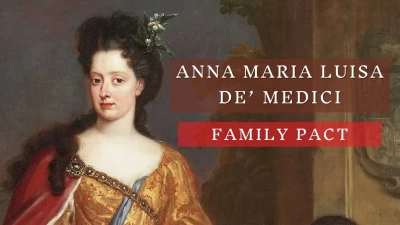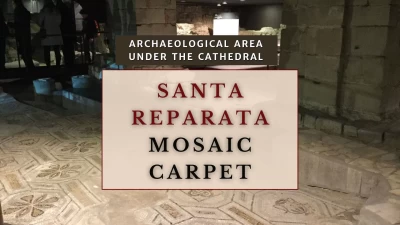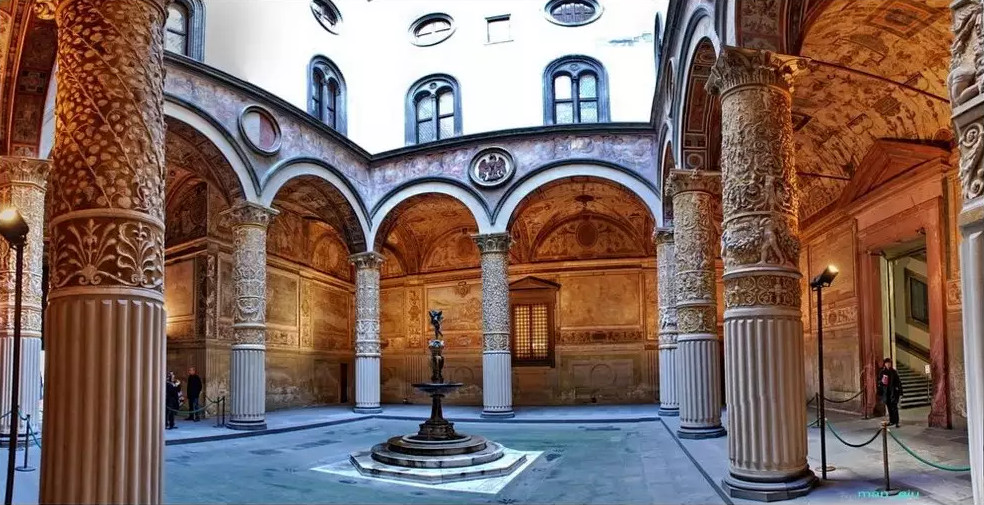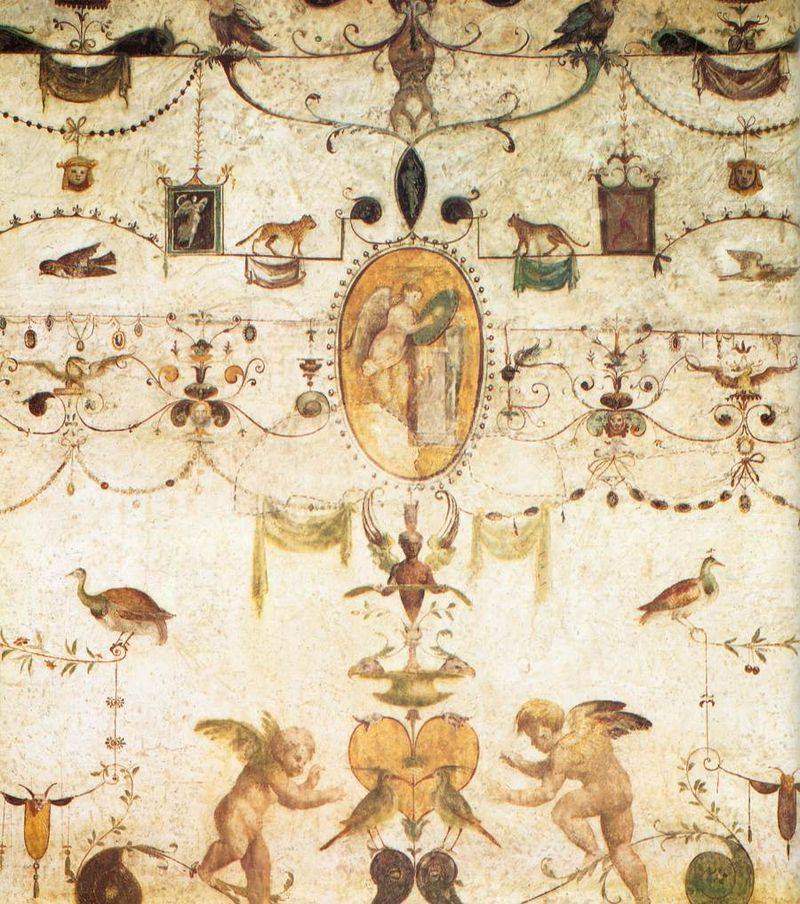What is a grotesque decoration
What is a grotesque decoration
The courtyard Michelozzo projected in 1453 was upset in 1565, one century later, when Francesco I married Giovanni d'Austria. It was embellished with fifteen landscapes decorations of the Austrian Empire to honour Giovanna, Massimiliano's brother the Austrian Emperor.
The vaults of the cpurtyard were decorated with grotesques, following the old Roman style. This particular and strange representations made of monsters, vegetal and floral motifs, hybrid creatures was discovered for the first time in Rome at the end of the XV century: a man fell accidentally in a grotto completely decorated in a similar way. Anybody knew it was Nerone's house! Immediately Filippino Lippi, Domenico Ghirlandaio, Raffaello studied and reproduced a similar decoration for their works of art and soon it became the typical Renaissance representation.
This is the reason why you find grotesques in Florentine museums: in the Uffizi gallery, in Boboli garden, in Palazzo Vecchio and so on.
On the left the courtyard of Palazzo Vecchio: you can visit it with us!! On the 1st of July a guided tour inside Palazzo Vecchio! We will visit together even the tower built by Arnolfo di Cambio...Don't miss it!!
Altri articoli

Do you know a secret passage?
In 1877 the secret passage was accessible: four thousands and five hundreds of people crossed it paying twenty-five cents each one!

Anna Maria Luisa and the Family Pact
Thanks to this astute decision, Florence has preserved much of its extraordinary artistic, historical, and cultural heritage virtually intact.

Santa Reparata Church and the mosaic carpet
The cathedral hides a treasure: the archaeological area.

The funeral mask
The Dante funeral mask, once thought real, is now believed a lost sculptural portrait. Donated to Florence in 1911, found in Ravenna in 1830.



